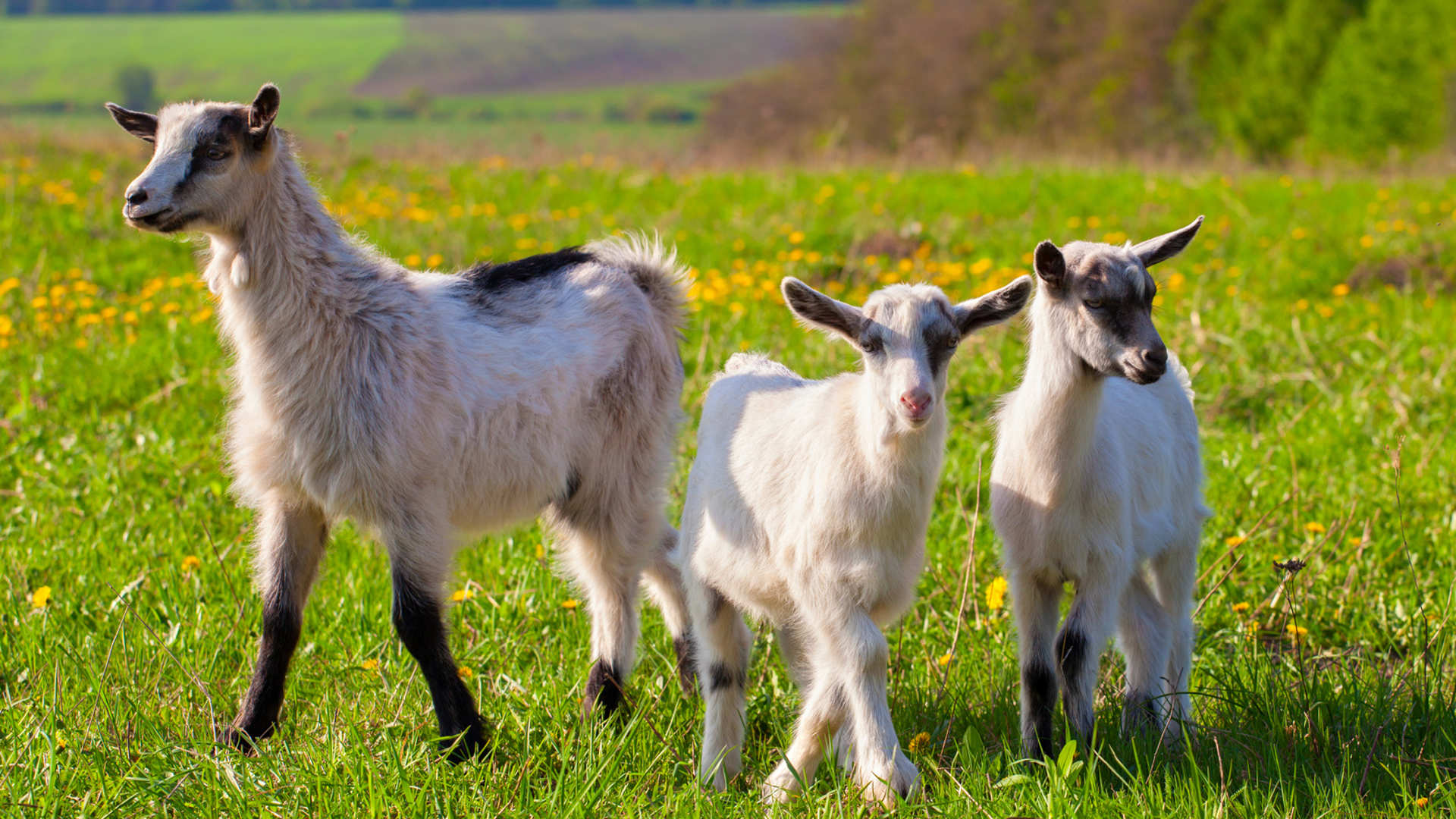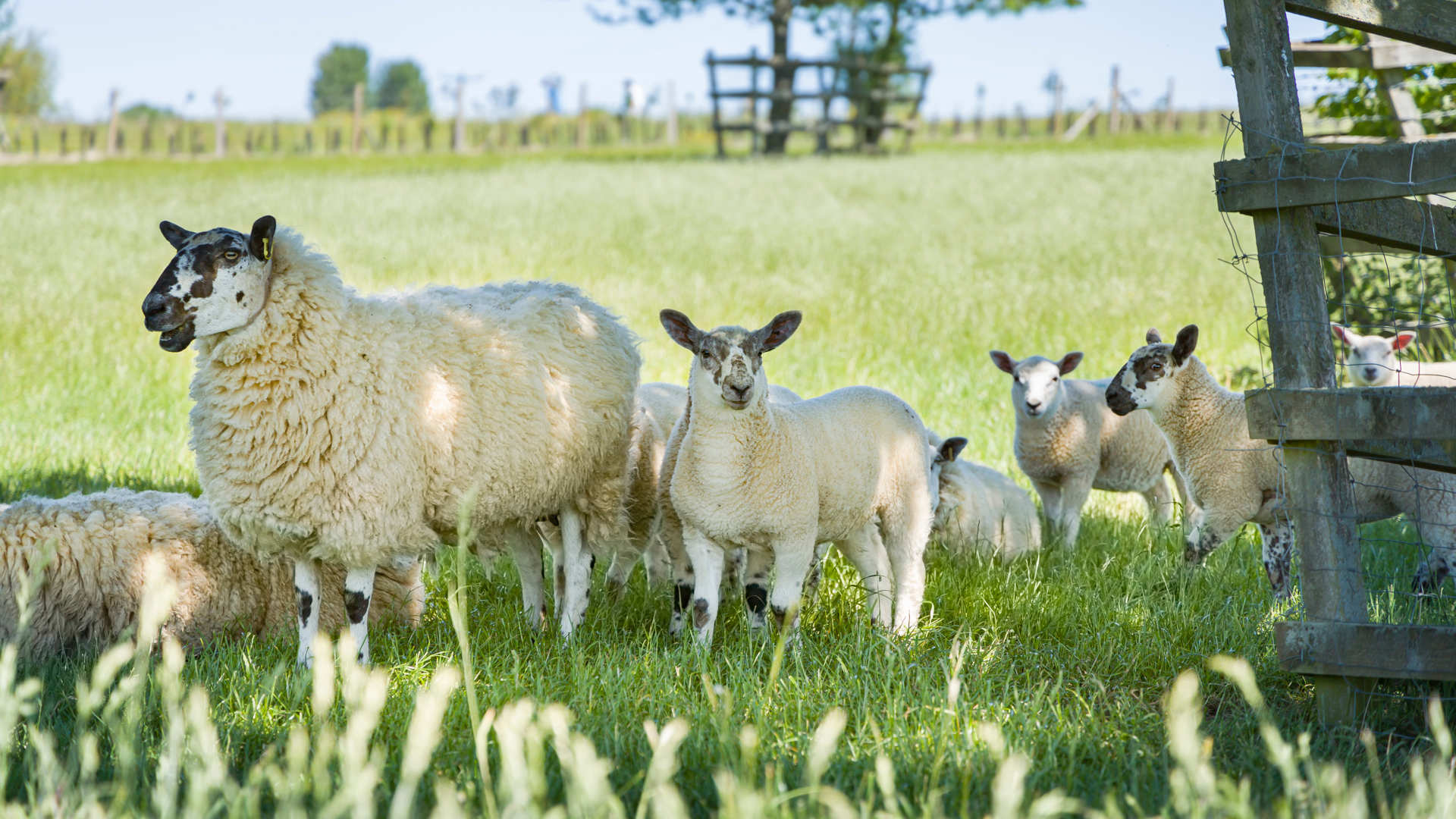
Do my poor-growing lambs have a cobalt deficiency?
Trace element deficiencies like cobalt can be difficult to detect, due to causing vague clinical signs like poor growth, appetite, wool quality and fertility. It is rare in adults – weaned lambs are often the ones affected. This is why the disease is also known as “pine”, as it was originally thought that the poor appetites were because the lambs were “pining” for their dam.
Cobalt plays an important role in the production of Vitamin B12 in the gut, which in turn is involved in the immune system. This means that cobalt-deficient animals will also have poor immunity and will be prone to pneumonia, parasites and clostridial diseases. In a case of severe cobalt deficiency, sheep will begin to show neurological signs, like stumbling in circles and pressing their heads against fences. At this point, the lack of cobalt and Vitamin B12 has caused damage to the liver, known as ‘ovine white liver syndrome’.
Is it cobalt deficiency or is it worms?
Cobalt deficiency is most commonly seen in weaned lambs in late summer to autumn. The build up of worm burdens over the grazing season means that the two problems are often closely linked. One the one hand, a high worm burden can interfere with nutrient uptake in the gut, leading to trace element deficiencies, even for some weeks after being wormed. On the other hand, a cobalt-deficient lamb has a weakened immune system, and is likely to then suffer a high worm burden as a result. In the first instance, investigating poor growth rates in your lambs should start with a pooled worm egg count, before looking for trace element deficiencies.
One option is testing cobalt levels in the soil - this can be expensive, but useful in the long term, if for example, it flags a pasture with poor cobalt content. Be aware that it can also be misleading in cases where there is sufficient cobalt in the soil but the lambs still aren’t absorbing adequate amounts. Another option is analysing the level of Vitamin B12 in the blood, but testing individual sheep is not very reliable – it is recommended that 10 or more lambs are blood sampled to gauge the average Vitamin B12 levels through the group.
How can I supplement cobalt and B12 in my growing lambs?
- During worming – a lot of Group 1 “white wormers” contain added cobalt
- Cobalt and Vitamin B12 drenches – these are often the cheapest option (NADIS estimates it costs 1p/25kg lamb), and can be given monthly to lambs from 3 months old onwards
- Vitamin B12 injections into the muscle, repeated 1-2 times a week as needed – this is more labour intensive, but restores blood levels of B12 more rapidly than oral drenches
- Cobalt boluses – these are more expensive than drenches, but will provide between 2-6 months of cobalt supplementation (depending on which product you use)
- Glass boluses – these contain cobalt, selenium and copper, and are one of the more expensive options. These should only be used in cases of severe nutritional deficiencies
Be careful when using products that also contain copper and selenium – while problems do occur when sheep are deficient in these too, it is possible to poison sheep with too much copper or selenium.
Stay in the know Related articles & advice
-
Vaccinations

